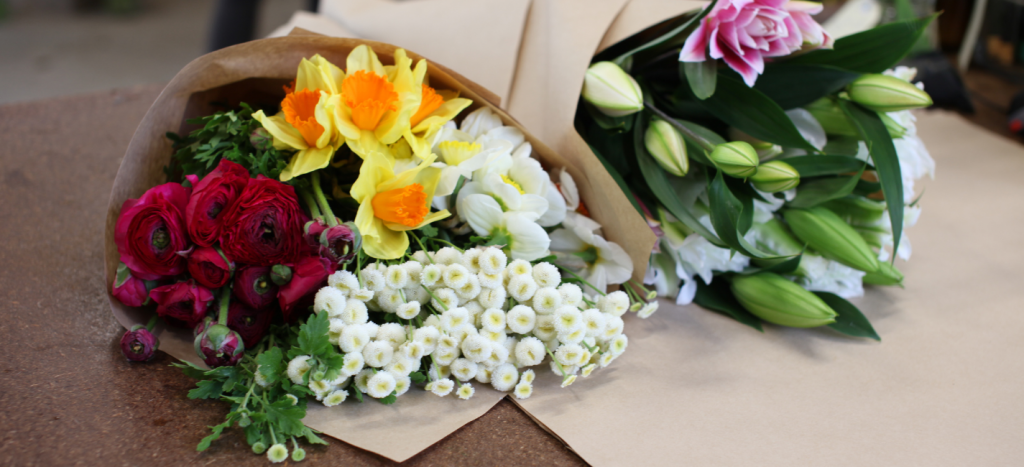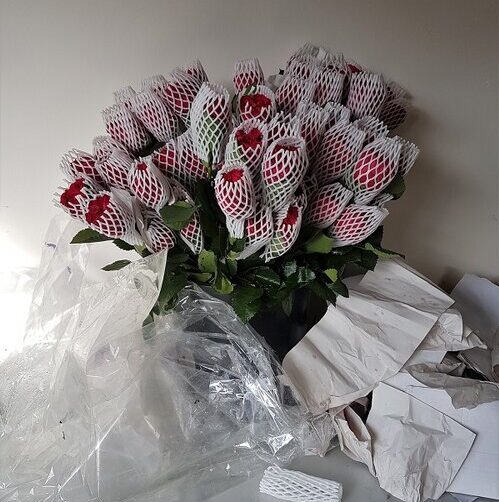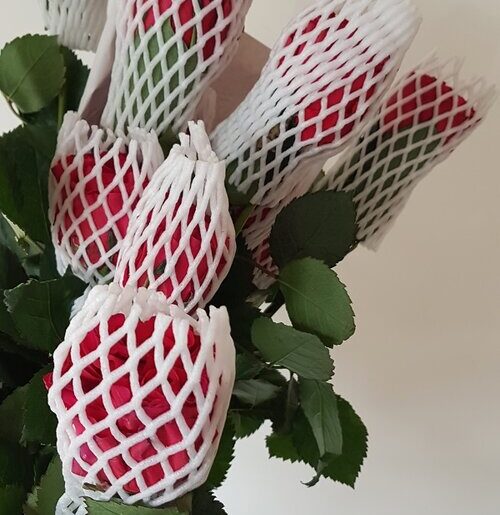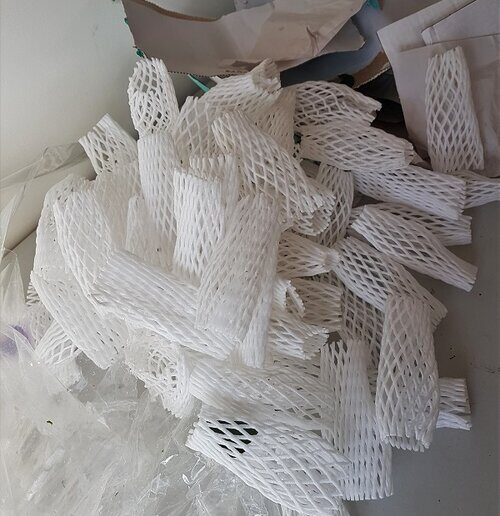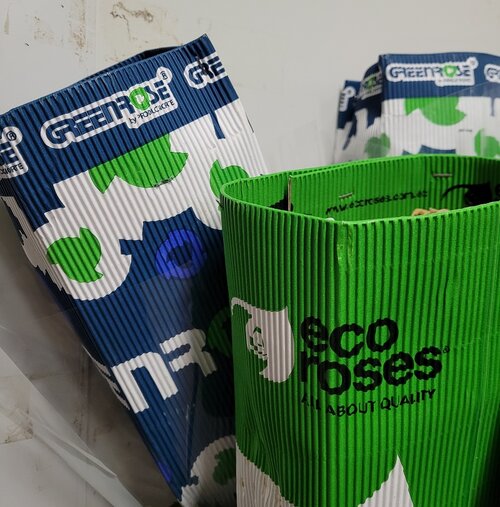About the circular economy
Our current take-make-waste linear approach to manufacturing and waste is unsustainable.
Transitioning to a circular model is critical if we are to tackle problems of waste, pollution and resource depletion.
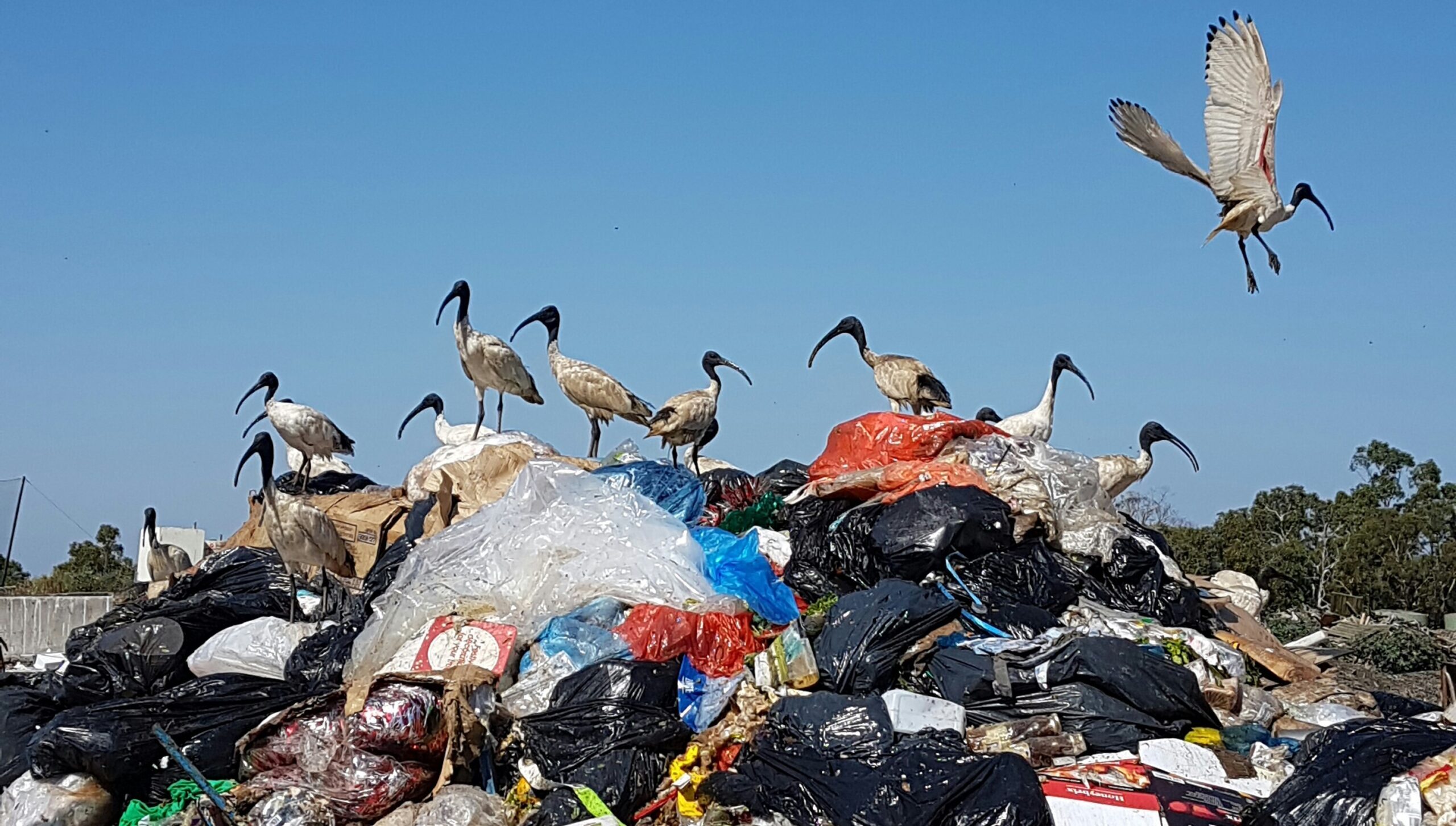
Shifting to a circular economy
Applying sustainability principles to manufacturing focuses on two main priorities: transitioning to renewable energy and implementing circular economies.
This means moving away from fossils fuels such as gas and coal for fuel and energy production.
Shifting to circular economies involves reviewing the design process to create products out of materials that can be endlessly and easily recycled or returned to the earth without harm.
What is a circular economy?
According to the global leader on the subject, the Ellen Macarthur Foundation, a circular economy is based on the principles of:
- Designing out waste and pollution,
- Keeping products and materials in use
- Regenerating natural systems.
At present many products are manufactured under a linear model: raw materials are sourced (eg plastic from oil or metal from ore), the products are manufactured, and the final product is sent to landfill as a complete item, without any part of that product captured for re-use or recycling.
If we take the widely accepted waste hierarchy into consideration, landfill is the least desirable option for disposal; these slow-to-degrade tombs of broken, modern conveniences a curse for future generations and the environment — and they are expensive to maintain.
In a circular model, products and the resources used in their creation are continually recovered and reused. This reduces the need for virgin or new raw materials and treats waste as a valuable resource.
In a circular economy, end of life is factored into design and is not left as an ‘after-thought’. Once a product reaches the end of its useful life, the remaining material can be transformed into a new product or returned to the earth without harm, with this cycle continuing endlessly.
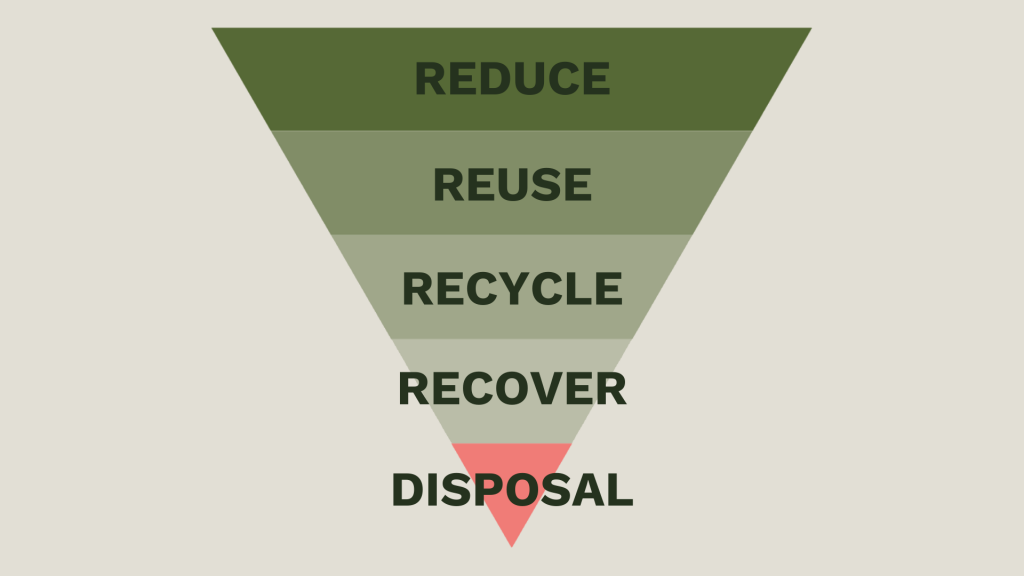
Resource recovery systems don’t always function
At this point in time, there are many examples of circular models in action. The process of collecting paper and recycling it into new paper products reduces the need for virgin wood pulp and cutting down trees. Plastic and glass recycling schemes that see the materials turned into new, usable products are also other examples of circular systems.
However, globally, the percentage of plastics actually recycled only sits at around 9%, with around 80% of waste plastic ending up in landfill or in the natural environment. This is why it is critical that we stop producing and using so much plastic. Without efficient processes to recapture and recycle, the system is broken.
◆ Case study: Rose packaging
Expanded polyethylene netting socks are used to protect roses during transport between Ecuador and Australia. However, while these items may fulfill one design requirement by protecting the roses during transport, they are problematic at the end-of-life level.
Although recyclable, polyethylene is unlikely to be recycled in Australia because only a few sites have the necessary equipment for recycling the plastic. The endpoint is almost always landfill. Once added to landfill, expanded polyethylene creates management problems as it is lightweight, blows around easily and breaks into small pieces.
Fortunately, many growers are moving to corrugated cardboard as a packing medium – cardboard being 100% recyclable, easily captured and reprocessed, and it can be made from 100% reclaimed materials. Also, cardboard that may accidentally end up in the natural environment does not present the environmental problems as plastic.
A new view, a new mindset
Underlying the transition to circular models is a complete revision of the way we view and use resources. Moving to a circular model requires consideration of the product at every stage of its life from cradle to cradle. The idea that we buy something, use it and throw it away so that more can be made to support manufacturing industries, does not work anymore.
The circular model asks designers, material engineers, manufacturers, consumers, recyclers and those who repurpose to think about a product, how it is made, what it is made from and where it will go after it reaches the end of its useful life.
While it may be argued that some industries will be impacted by the reduced demand for raw materials, as a consequence of the shift to new, greener economies, more employment opportunities will appear. For example, there are more job opportunities in resource recovery than there are in landfill and the ‘repair’ industry is expected to expand as people look to keeping their products in use for as long as possible.
What can we do right now?
Start thinking about how you can design waste out of floristry.
Adopt a circular mindset.
Whenever we select a manufactured item for use in a business or floral design practice, we need to think about it in relation to the waste hierarchy. Consider how that item was made, what it is made from, and the possible end of life scenarios for that item. Ask yourself:
-
Do we really need this?
-
Can the desired outcome be achieved with a different method or material?
-
What might happen to that item after it no longer of use?
-
Are there recycling or composting programs that can capture and make use of the item post-consumer life?
Reduce, Reuse, Recycle
(in that order)
-
If we can avoid using something in the first place, then this is the best option.
-
If the item is designed to be used over and over again, this is much better than single-use.
-
Recycling is better than disposal only if systems are in place to capture that material. Just being recyclable is not enough for many waste systems.
-
Products designed for landfill or incineration should be avoided wherever possible.
◆ Case study: Flower wrapping
There are so many different wrapping options on offer for florists. Plain paper, printed paper, plastic films, mixed-material wraps, fabrics, sleeves. The list goes on.
If we think about these wrapping options, we can consider them all on a sliding scale, relative to the waste hierarchy and how waste systems are currently set up.
At one end of the scale we have unbleached Kraft paper made from 100% recycled paper. In addition to being made from recycled paper, this product is made from a renewable resource (wood pulp/trees), ideally from FSC approved timber. Unbleached paper is both recyclable and compostable. On the sliding scale of sustainability, it rates highly.
Somewhere in the middle we have a clear plastic film that is 100% recyclable. However, this product is made from petrochemicals (non-renewable fossil fuel) and works against a greater need to cut down our use of plastic.
At the other end we have a wrapping sheet that is made from a composite of both paper and plastic. Because it is a mixed product, it cannot enter either recycling process and must be sent to landfill. And if it does end up in recycling by mistake, it can contaminate the recycling process. If we consider our waste hierarchy, then this is the least preferred option.
